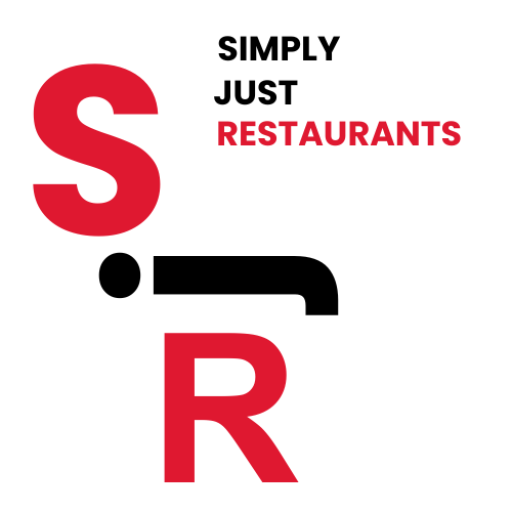Starting a bakery requires a significant investment in bakery equipment that will ensure efficiency, quality, and consistency in your products.
This comprehensive guide will walk you through the essential bakery equipment, key features to consider, and a step-by-step approach to selecting and maintaining your bakery equipment.

Types of Bakery Equipment
Ovens
- Types: Convection ovens, deck ovens, rotary rack ovens.
- Purpose: Baking bread, pastries, cakes, and other baked goods.
- Key Features: Temperature control, even heat distribution, capacity.
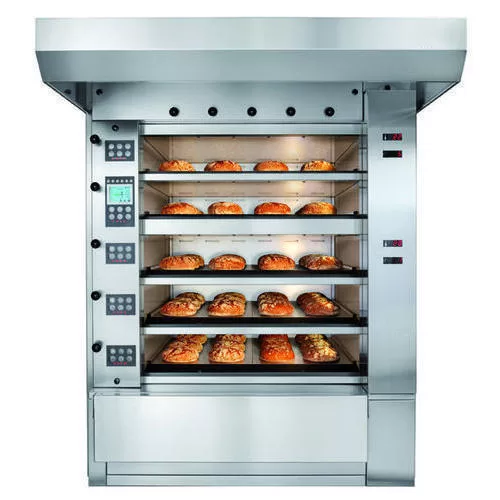
Mixers
- Types: Planetary mixers, spiral mixers, hand mixers.
- Purpose: Mixing dough, batter, and other mixtures.
- Key Features: Speed settings, capacity, attachments.

Dough Preparation Equipment
- Types: Dough sheeters, dough dividers, dough rounders.
- Purpose: Preparing dough for baking.
- Key Features: Precision, ease of use, safety features.
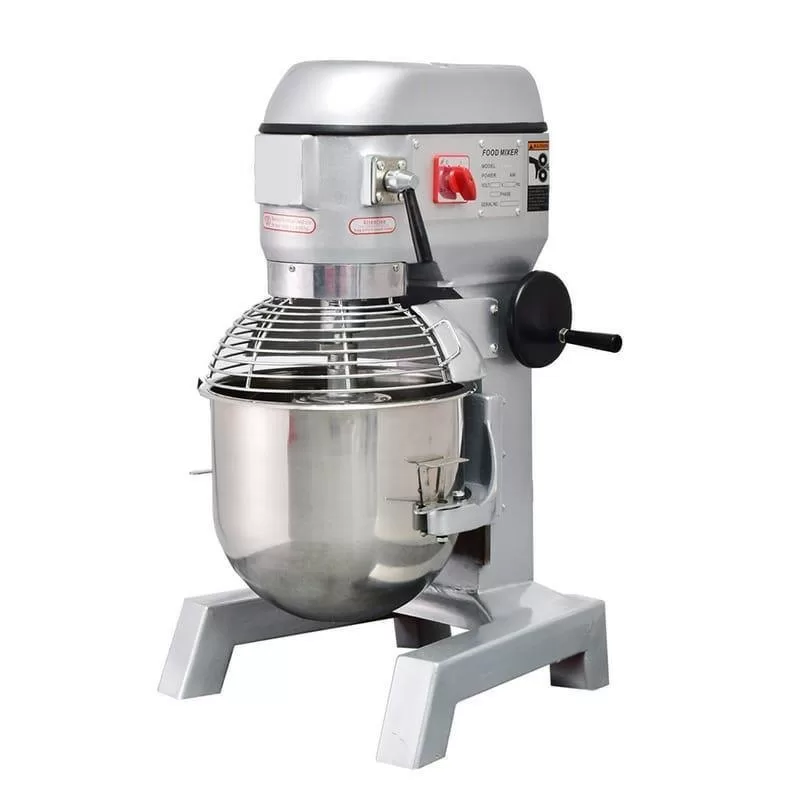
Baking Pans and Trays
- Types: Sheet pans, loaf pans, muffin tins, cake pans.
- Purpose: Holding dough and batter during baking.
- Key Features: Material, size, non-stick coating.
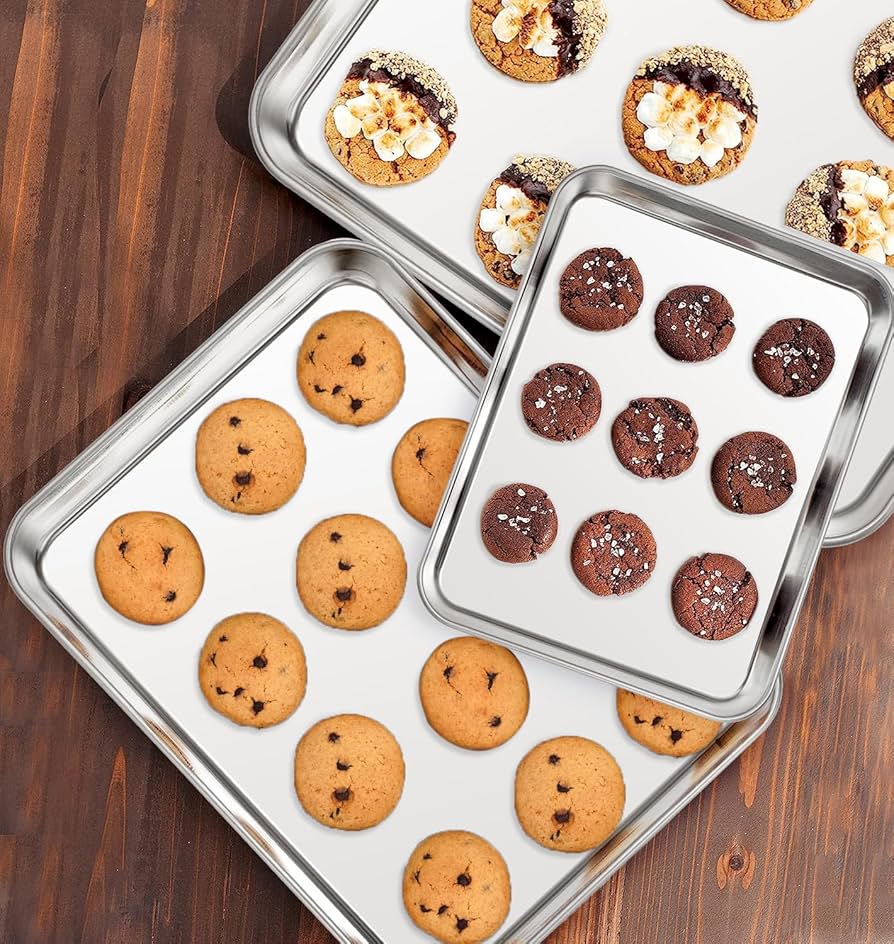
Proofing Cabinets
- Types: Reach-in, roll-in.
- Purpose: Creating the right environment for dough to rise.
- Key Features: Humidity control, temperature control, capacity.
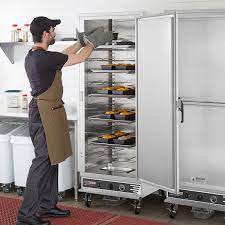
Refrigeration and Freezing Units
- Types: Reach-in refrigerators, walk-in coolers, freezers.
- Purpose: Storing ingredients and finished products.
- Key Features: Temperature control, energy efficiency, capacity.
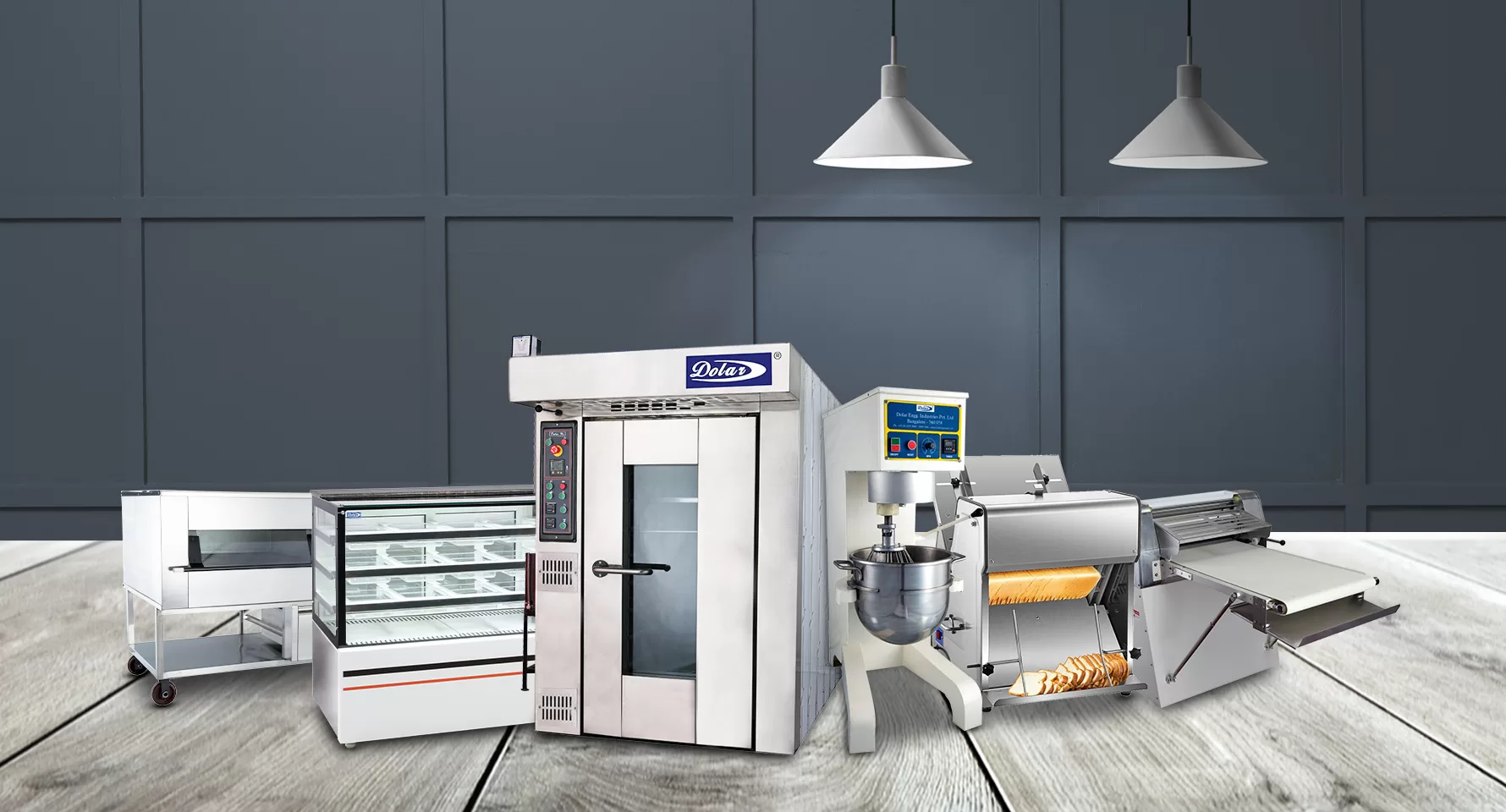
Display Cases
- Types: Refrigerated, non-refrigerated.
- Purpose: Showcasing baked goods to customers.
- Key Features: Visibility, temperature control, size.
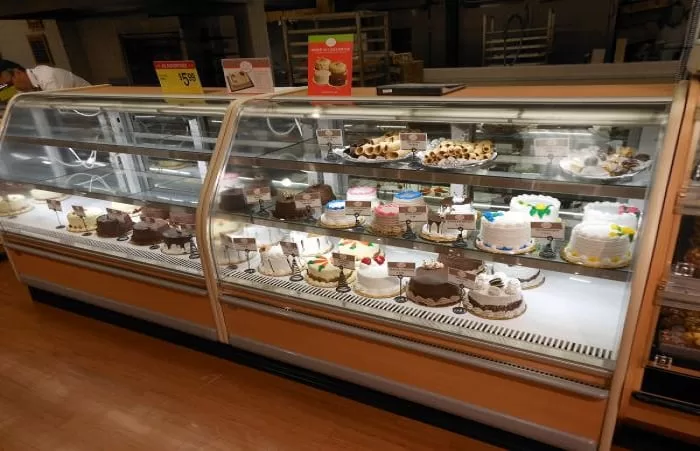
Smallwares and Utensils
- Types: Measuring cups, spatulas, whisks, mixing bowls.
- Purpose: Various baking tasks.
- Key Features: Durability, material, ergonomic design.
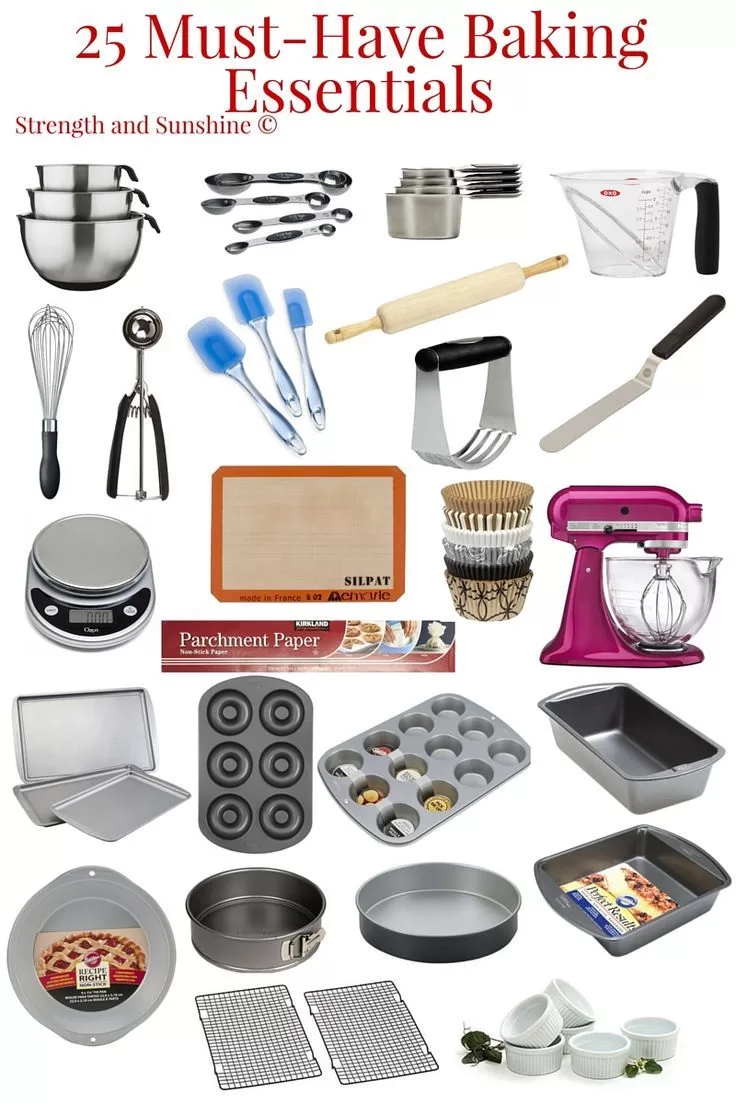
Cleaning and Maintenance Equipment
- Types: Brushes, sanitizing solutions, cleaning cloths.
- Purpose: Keeping the bakery clean and hygienic.
- Key Features: Effectiveness, ease of use, safety.
Key Features to Consider When Buying Bakery Equipment
Size and Capacity
- Importance: Ensure the equipment fits your production volume and space.
- Consideration: Measure your kitchen space and estimate production needs.
Material and Durability
- Importance: High-quality materials ensure longevity and reliability.
- Consideration: Stainless steel is preferred for its durability and ease of cleaning.
Energy Efficiency
- Importance: Reduces operational costs.
- Consideration: Look for ENERGY STAR-rated equipment.
Ease of Use
- Importance: Improves efficiency and reduces training time.
- Consideration: User-friendly controls and clear instructions.
Maintenance and Cleaning
- Importance: Ensures hygiene and prolongs equipment lifespan.
- Consideration: Equipment with removable parts and easy access for cleaning.
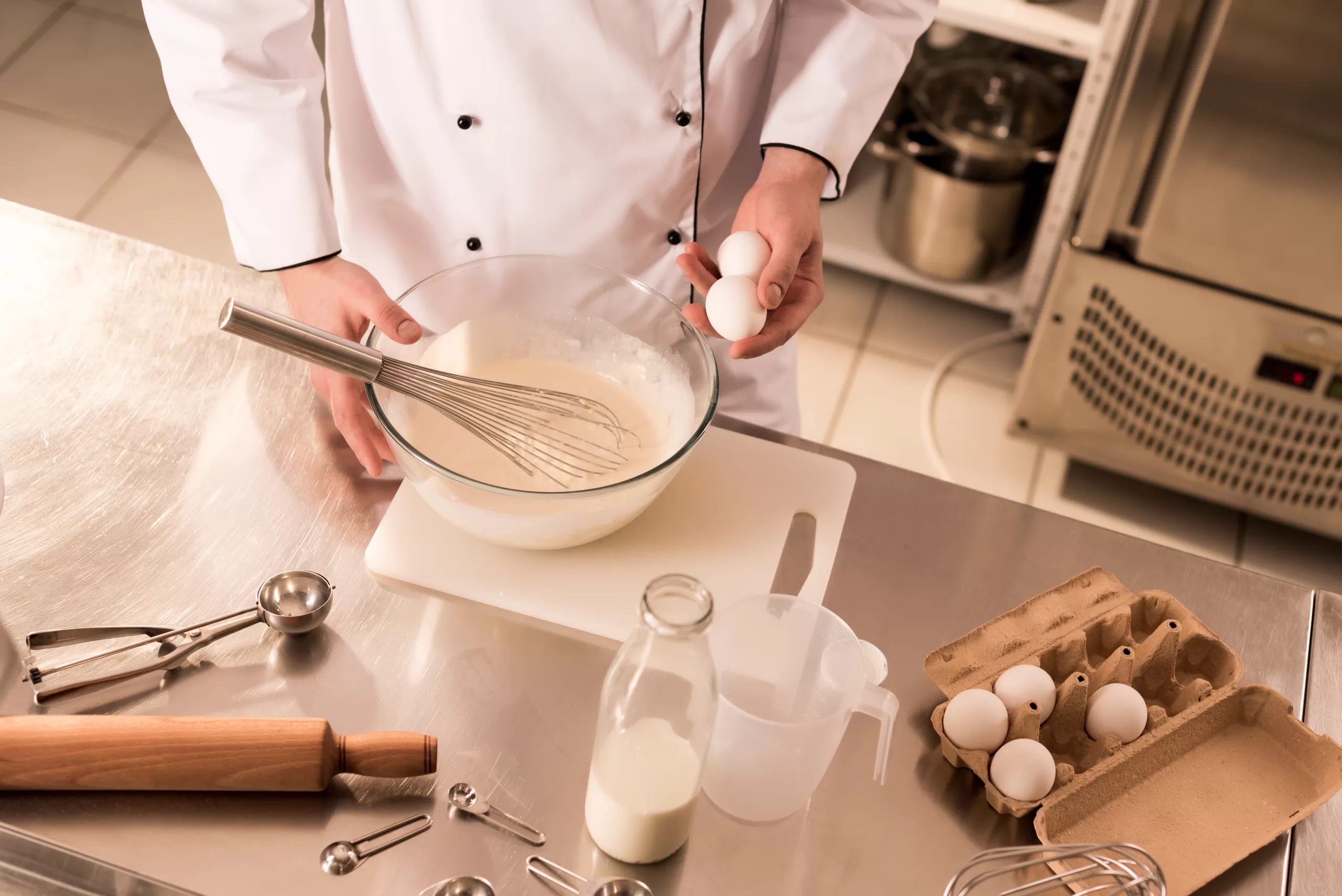
Step-by-Step Guide to Choosing Bakery Equipment
Assessing Your Needs
- Menu Planning: Determine the types of baked goods you will offer.
- Production Volume: Estimate the quantity of products to be baked daily.
- Space Constraints: Measure your kitchen space to ensure equipment fits.
Researching Options
- Types of Equipment: Understand the functions and benefits of each type.
- Brands and Models: Identify reputable brands and compare different models.
Comparing Features
- Core Features: Focus on features essential for your baking needs.
- Advanced Features: Consider additional features that enhance efficiency and quality.
Evaluating Costs
- Initial Investment: Compare prices of different models and brands.
- Operating Costs: Consider energy consumption, maintenance, and repairs.
- Return on Investment: Calculate how quickly the equipment will pay for itself through increased production and quality.
Reading Reviews and Getting Recommendations
- Customer Reviews: Read reviews from other bakery owners to gauge reliability and performance.
- Professional Recommendations: Consult with industry experts or other bakery owners.
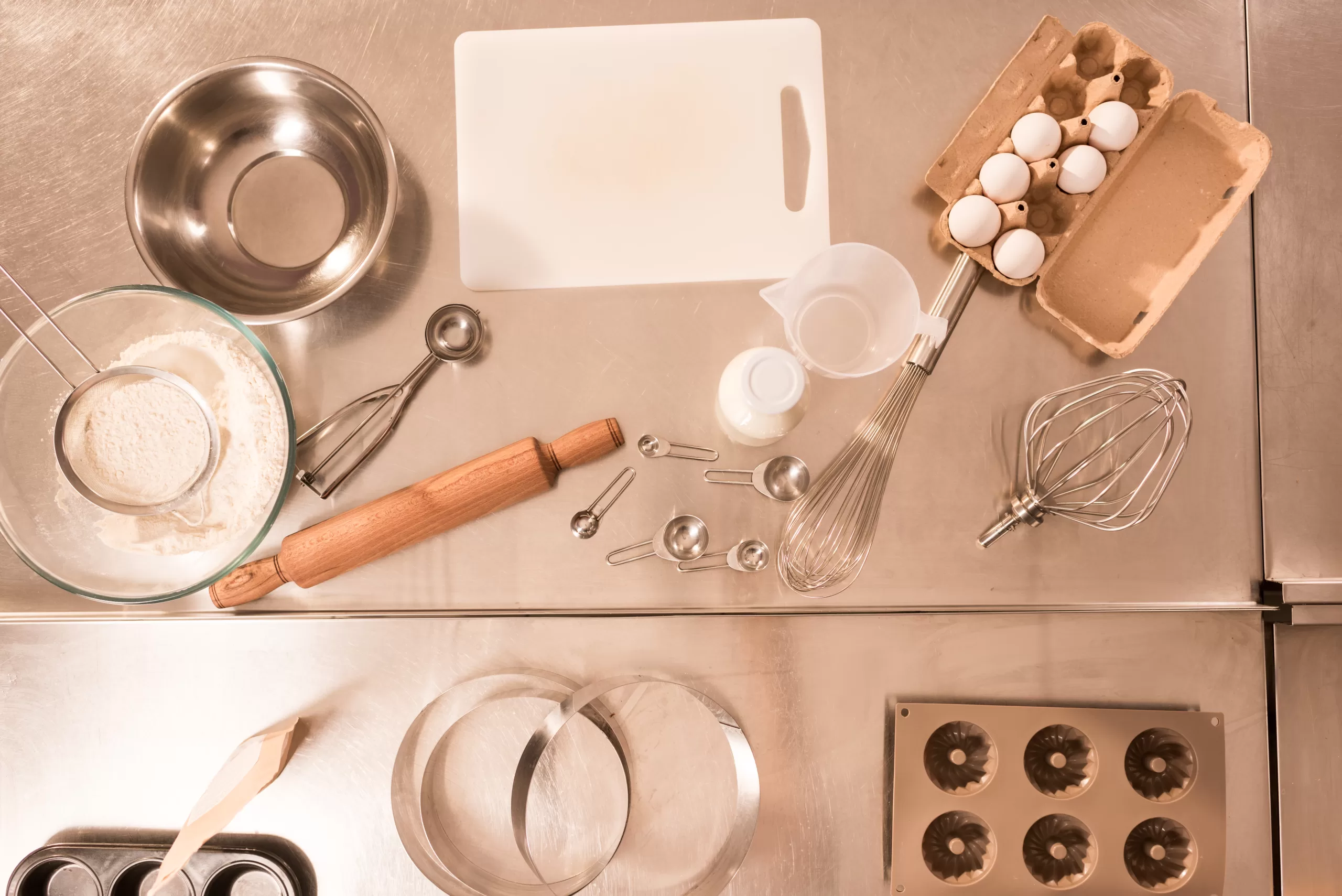
Installation and Setup
Planning the Layout
- Workflow Optimization: Arrange equipment for efficient workflow.
- Safety Considerations: Ensure safe distances between equipment and workstations.
Utility Requirements
- Electrical: Verify that your electrical system can handle the equipment’s power needs.
- Plumbing: Ensure proper water supply and drainage for relevant equipment.
- Ventilation: Install appropriate ventilation to manage heat and exhaust.
Assembling and Positioning Equipment
- Assembly: Follow the manufacturer’s instructions for assembling the equipment.
- Positioning: Place the equipment in its designated spot, ensuring it is level and secure.
Initial Testing and Calibration
- Test Run: Conduct an initial test run to ensure everything is functioning properly.
- Calibration: Adjust settings and controls as needed.

Operating Bakery Equipment
Training Staff
- Instruction: Provide detailed training on operating each piece of equipment.
- Safety: Emphasize safety procedures and proper handling.
Routine Checks
- Daily Checks: Perform daily inspections to ensure everything is in working order.
- Performance Monitoring: Keep an eye on the equipment’s performance and address issues promptly.
Optimizing Performance
- Best Practices: Implement best practices for using each piece of equipment.
- Continuous Improvement: Regularly review and improve your processes.

Cleaning and Maintenance
Daily Cleaning Routine
- Surface Cleaning: Wipe down surfaces and remove food debris after each use.
- Tool Cleaning: Clean tools and utensils daily.
Deep Cleaning Procedures
- Scheduled Cleanings: Perform deep cleanings on a regular basis.
- Cleaning Agents: Use manufacturer-recommended cleaning agents to avoid damage.
Regular Maintenance Checks
- Inspection: Regularly inspect components for wear and tear.
- Repairs: Address minor issues promptly to prevent major problems.
Troubleshooting Common Issues
- Performance Issues: Identify and resolve performance problems quickly.
- Technical Support: Contact the manufacturer or a professional technician for complex issues.
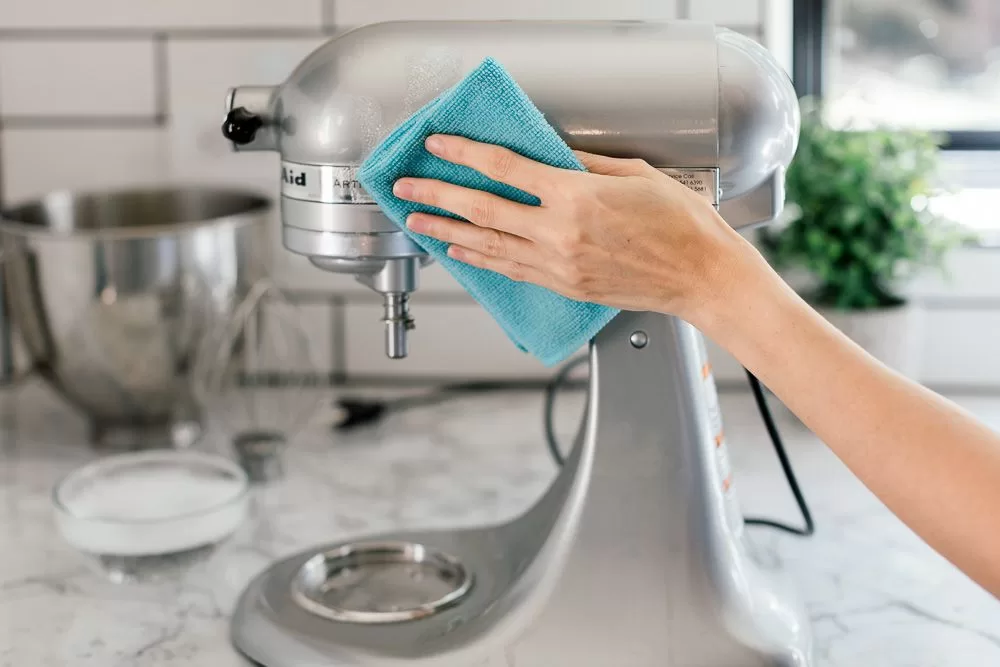
Tips for Optimal Performance
Using the Right Tools
- Quality Tools: Use high-quality tools and utensils for better results.
- Specialized Equipment: Invest in specialized equipment for specific tasks.
Managing Workflow
- Efficiency: Streamline processes to improve efficiency and reduce downtime.
- Organization: Keep the kitchen organized and clutter-free.
Enhancing Product Quality
- Ingredient Quality: Use high-quality ingredients for better products.
- Consistent Recipes: Follow consistent recipes and procedures for uniform results.

Conclusion
Investing in the right bakery equipment is essential for the success of your bakery. By understanding the different types of equipment, key features to consider, and following a step-by-step approach to selection, installation, operation, and maintenance,
you can ensure that your bakery runs efficiently and produces high-quality products. This comprehensive guide provides the information you need to make informed decisions and optimize your bakery’s performance.
About Author nikita kapali
You May Also Like…
The Ultimate Guide to Hiring a Consultant Chef
Introduction Food trucks or mobile food trucks is an idea that has arrived. But, there is a issues with food safety in...
Food Safety Essentials: Addressing 5 Common Problems in Food Trucks
Introduction Food trucks or mobile food trucks is an idea that has arrived. But, there is a issues with food safety in...

